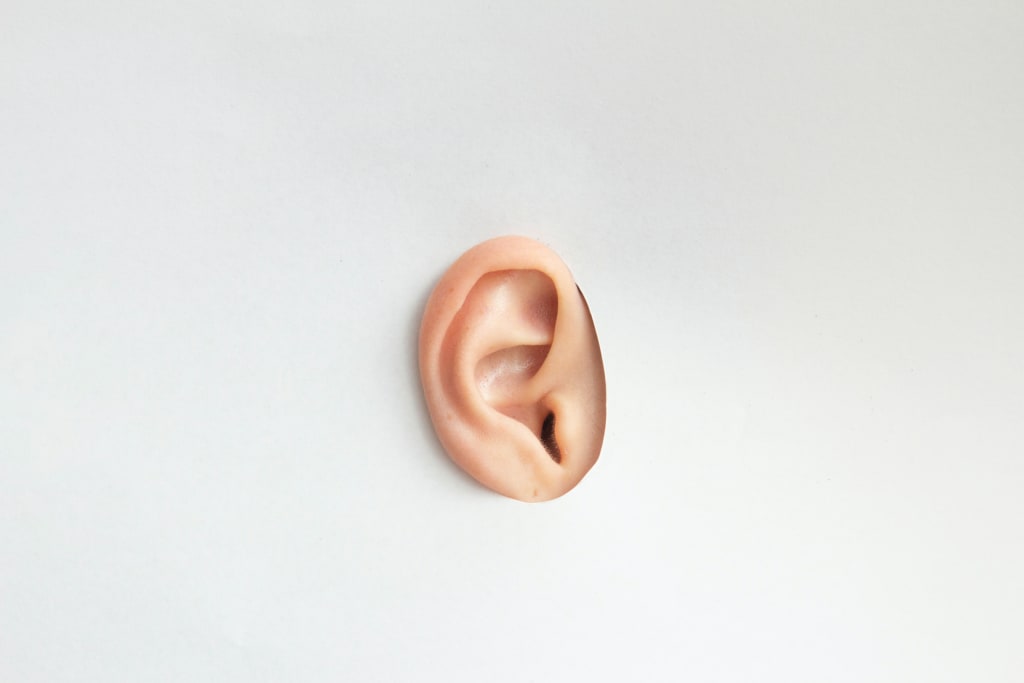How to see with Sound
The reality of sound

Bats have limited vision in a completely dark cave. But they can move through rocky terrain at amazing speeds even when they close their eyes. This is due to the fact that a bat's ears as well as eyes help it to fly. Although it may seem impossible, bats, sailors, and doctors routinely use sound to see by taking advantage of ultrasound's special qualities. The vibration of molecules in any medium, including air, water, and other substances, results in the production of sound. The wave's frequency, expressed in hertz or cycles per second, depends on the separation between each peak.
In other words, a high frequency wave will go through more cycles in the same amount of time than a low frequency wave. This is especially true of ultrasound, which is defined as any sound wave with a frequency greater than 20,000 cycles per second. Our flying friend can hear and make sounds with such high frequencies while humans cannot. He produces a tall-peaking ultrasound wave when it is too dark to see. Wave after wave quickly bounces off nearby surfaces due to the speed at which the wave cycles occur. Every nook and cranny is hit by the tall peak of each wave, creating an echo that is very informative. Our bat can build an internal map of its surroundings by detecting the subtleties in this series of echoes. This is how bats use sound to see, and it is this technique that motivated people to attempt to use sound to see.
French researchers used ultrasound beams to search for enemy submarines in the area during World War One. Because sound waves move even more quickly through materials with closely packed molecules, like water, the early form of SONAR was a huge success. Medical professionals started experimenting with this method as a non-invasive way to view inside a patient's body in the 1950s. Today, ultrasound imaging is used to assess organ damage, gauge tissue thickness, and spot tumors, blood clots, and gallbladder stones. But first, let's look at this tool's most well-known application: fetal ultrasound, to better understand how it functions in real-world situations.
A layer of conductive gel is applied to the skin first. This gooey material creates an airtight seal between the body and the wand that emits ultrasound waves because sound waves lose speed and clarity when they travel through air. The machine operator then starts to penetrate the body with ultrasound beams. Blood, urine, and amniotic fluid are among the liquids that the waves pass through without producing any echoes. A wave, however, bounces back when it hits a sturdy building. On the imaging screen, this echo appears as a dot. The most reflective materials are things like bones, which show up as densely packed .s forming bright white shapes. The internal organs of the fetus gradually take shape as less dense objects emerge in paler gray tones. Waves must travel to various depths within the patient's body, obstructing some tissues while resonating off others, to obtain a complete picture.
Multiple frequencies are frequently combined and composited into a lifelike image because longer, low frequency waves actually penetrate deeper than short, high frequency ones. The operator can then enlarge and concentrate on particular regions. Furthermore, because ultrasound machines transmit and receive wave cascades in real time, they can even see movement. Over a hundred times higher than what human ears can hear, the ultrasound waves used in medicine range from 2 million to 10 million hertz. These incredibly high frequencies produce finely detailed images that enable medical professionals to identify even the smallest developmental errors in the brain, heart, spine, and other organs. Medical ultrasound is far superior to competing technologies, even outside of prenatal care. When performed correctly, ultrasound has no known adverse side effects, unlike radiation-based imaging or invasive surgical procedures.
Although technicians usually use the lowest levels possible, ultrasound waves can cause heat at very high levels that can harm delicate tissues. Modern ultrasound devices are also often compact and portable, allowing doctors to use them in the field and see clearly in any medical emergency.






Comments
There are no comments for this story
Be the first to respond and start the conversation.